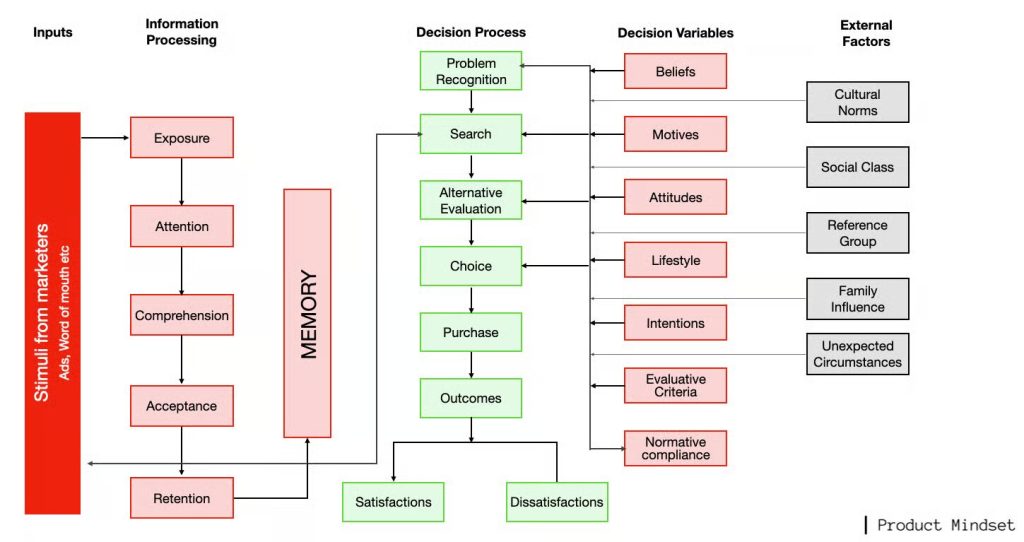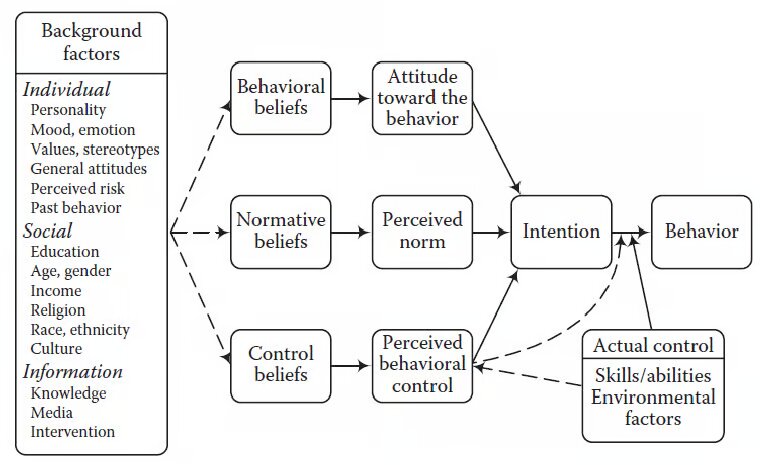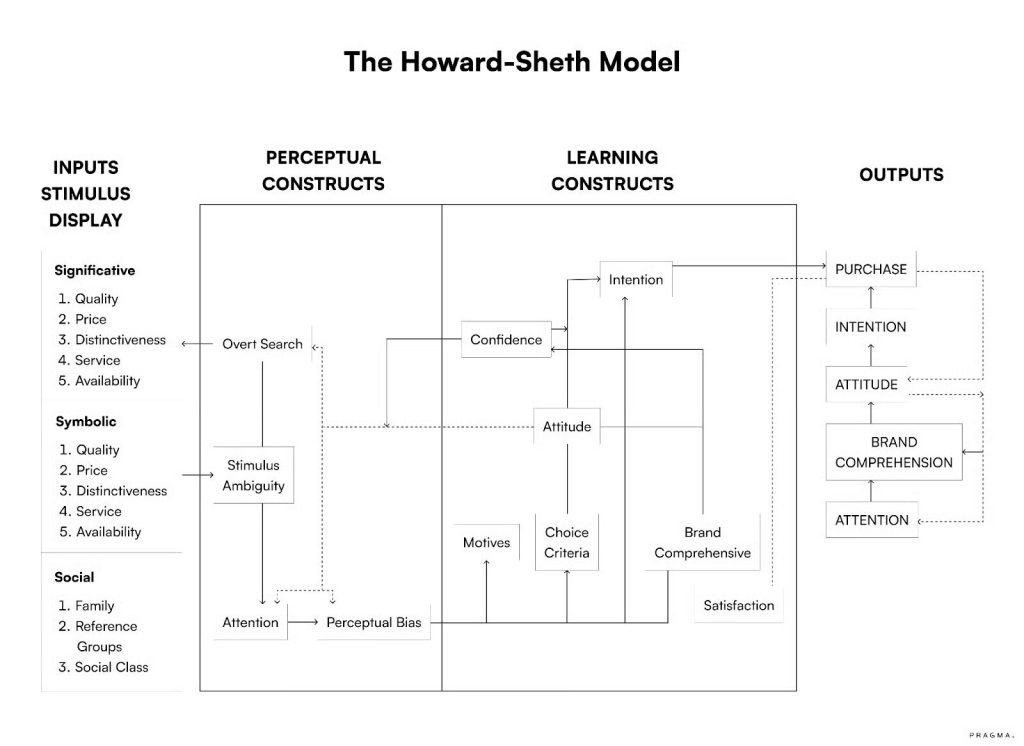6 CONSUMER BEHAVIOR MODELS EVERY MARKETER SHOULD KNOW TO OPTIMIZE MARKETING STRATEGY

In the age of data-driven marketing, understanding consumer behavior is no longer a competitive advantage – it’s a fundamental requirement for every marketer. Modern consumers constantly switch between devices, search across multiple channels, and are influenced heavily by psychological factors, emotions, and a wide range of digital touchpoints.
To decode and predict these complex decision-making processes, marketers rely on consumer behavior models – analytical frameworks that reveal the motivations, needs, and triggers influencing purchase decisions. From the classic AIDA model to Maslow’s Hierarchy of Needs or the Theory of Planned Behavior, each framework offers powerful insights that help brands:
- Build communication strategies tailored to each decision stage
- Optimize the end-to-end customer journey
- Increase conversion effectiveness in a competitive digital landscape
Join WGlobal Agency as we explore the six most essential consumer behavior models and how to apply them effectively to build sustainable marketing strategies in the digital era.
What Are Consumer Behavior Models?
Consumer behavior models are analytical frameworks that describe how individuals make purchasing decisions – from recognizing a need to taking action. These models allow marketers to understand the deeper factors that influence consumer attitudes, beliefs, and behaviors.
Research shows that buying decisions are rarely simple. They occur across multiple stages and are shaped by emotions, logic, and external influences. Behavioral economics provides the foundation for understanding these complex psychological mechanisms.
Modern consumer behavior models also account for digital-era dynamics such as social proof, online reviews, and cross-device browsing – factors that traditional marketing frameworks never considered.
Popular Consumer Behavior Models Marketers Must Know
1. The Black Box Model
This model focuses on decoding the relationship between marketing stimuli and consumer responses. The consumer’s mind is seen as a “black box” that receives inputs (advertising messages, pricing, product attributes) and produces outputs (purchase decisions, brand loyalty).

2. The Engel-Kollat-Blackwell (EKB) Model
A classic five-stage decision-making model:
- Problem recognition
- Information search
- Evaluation of alternatives
- Purchase decision
- Post-purchase behavior
This model helps marketers understand the entire purchasing journey and identify points for optimization.

3. Maslow’s Hierarchy of Needs
Though not originally created for marketing, Maslow’s pyramid is foundational for understanding consumer motivation. It categorizes human needs into five levels, from basic physiological needs to self-actualization.
Marketers use this framework to determine which need their product fulfills and tailor messaging accordingly.

4. Theory of Planned Behavior (TPB)
This sociological model argues that behavioral intention is the primary driver of consumer action. Intention is shaped by:
- Attitude toward the behavior
- Subjective norms (social pressure or expectations)
- Perceived behavioral control (belief in one’s ability to perform the action)

5. The Howard–Sheth Model
This model explains how consumers process information and form purchase decisions in complex situations. It emphasizes three core elements: learning, perception, and attitude – each deeply influencing buying behavior.

6. Hawkins Stern Impulse Buying Model
Not all purchases are planned. This model explains impulse buying – decisions made instantly without prior consideration.
Environmental cues, product placement, and real-time suggestions can trigger spontaneous purchases.

How to Choose the Right Consumer Behavior Model for Your Marketing Strategy
1. Your industry
- Fast fashion: Hawkins Stern (impulse buying)
- Software / SaaS: EKB Model (structured, multi-stage decision-making)
2. Your target audience
- Younger consumers: Emotional, social influence -> Theory of Planned Behavior
- B2B buyers: Logical, multi-stakeholder -> Howard-Sheth Model
3. Your marketing challenges & objectives
- High cart abandonment -> Black Box Model
- Long-term loyalty -> Maslow’s Hierarchy
4. Product/service characteristics
- Low-cost items -> Impulse & emotional models
- High-value or luxury items -> EKB + Maslow
5. Combine models for a complete view
Smart marketers blend multiple frameworks to capture both rational and emotional drivers.
6. Align models with strategic goals
- Short-term revenue goals -> Behavior-trigger models
- Brand-building -> Motivation and loyalty-focused models
Once you identify the right framework, the key is turning insights into actionable changes across messaging, timing, and channels-ensuring every activity aligns with real consumer behavior patterns.
Practical Applications of Consumer Behavior Insights
1. Personalization & Segmentation
Instead of segmenting only by demographics, behavior-driven segmentation categorizes customers by decision-making style:
- Rational buyers -> need data, proof, comparisons
- Emotional buyers -> respond strongly to storytelling and community
This enables highly personalized messages delivered at the right time.
2. Customer Journey Mapping
Consumer behavior models help marketers identify:
- Where customers seek information
- Points of friction or drop-off
- What triggers purchase actions
This leads to smoother experiences and higher conversions.
3. Marketing Communication Strategy
Different customers respond to different messaging styles:
- Rational -> factual, benefit-driven communication
- Emotional -> narrative, community-based storytelling
Marketers can automate personalized recommendations, tailored emails, or smart remarketing aligned with each behavioral pattern.
Practical Behaviors of High-Performing Marketing Teams
- Collect multi-channel data (website, social media, offline events)
- Test small experiments (A/B testing) before scaling
- Track engagement patterns across content types
- Measure KPIs like conversion rate, engagement, and CLV
- Update behavioral models regularly to reflect new trends
- Build feedback loops through surveys, reviews, and social listening
Conclusion: Consumer Behavior Models as the Foundation of Sustainable Marketing Strategy
As consumer behavior evolves faster than ever, mastering these models helps marketers understand not only why customers make certain decisions but also what they are likely to do next.
Each framework – from AIDA and Maslow to EKB and Hawkins Stern – offers valuable insights that empower brands to:
- Personalize messaging aligned with psychological drivers
- Optimize every touchpoint along the digital customer journey
- Increase conversions at key decision stages
- Build long-term customer relationships based on genuine understanding
When combined with data analytics and modern marketing tools, these models form a powerful foundation for creating communication strategies that connect deeply with both rational needs and emotional motivations.
Insight only creates value when turned into action.
That is the key to building effective campaigns, driving sustainable growth, and shaping a distinctive competitive advantage in the digital age. Let WGlobal Agency accompany you in building a consumer-behavior-driven marketing strategy that accelerates growth and strengthens your brand.









